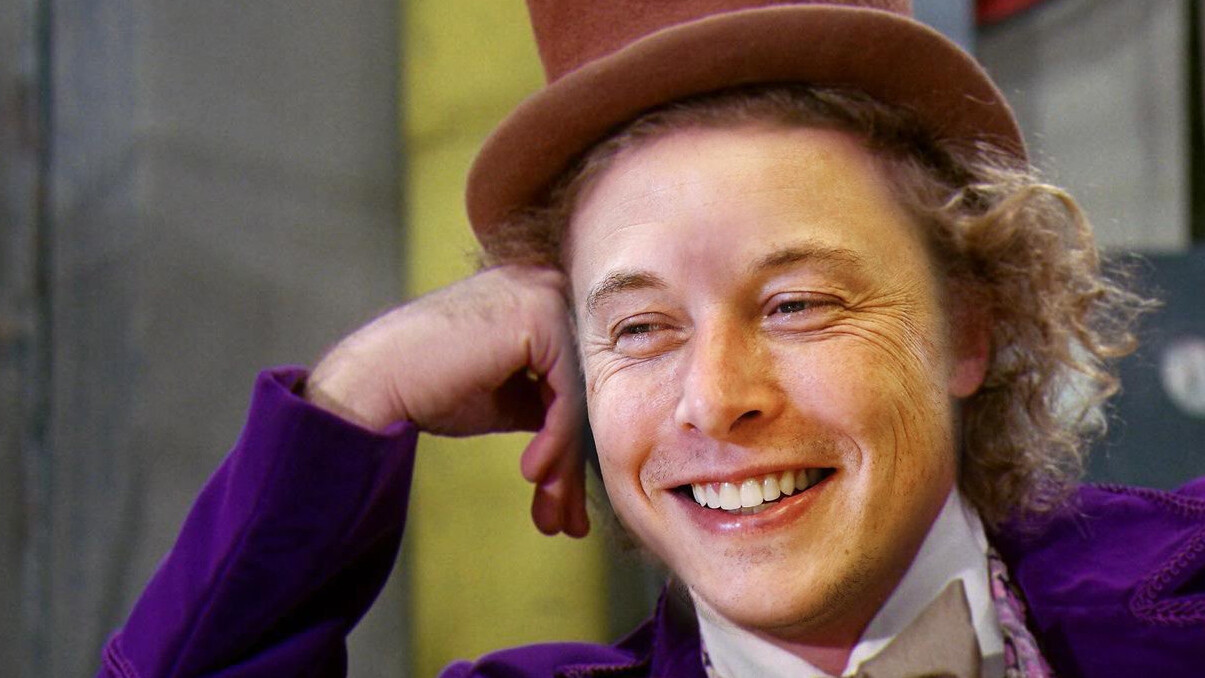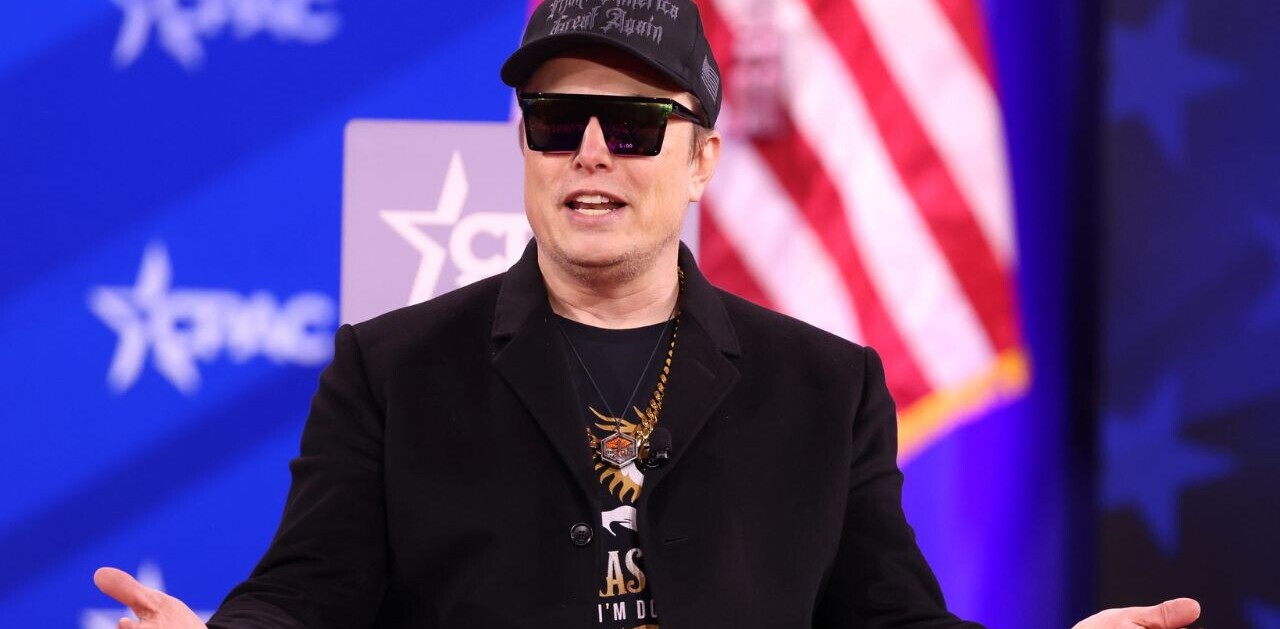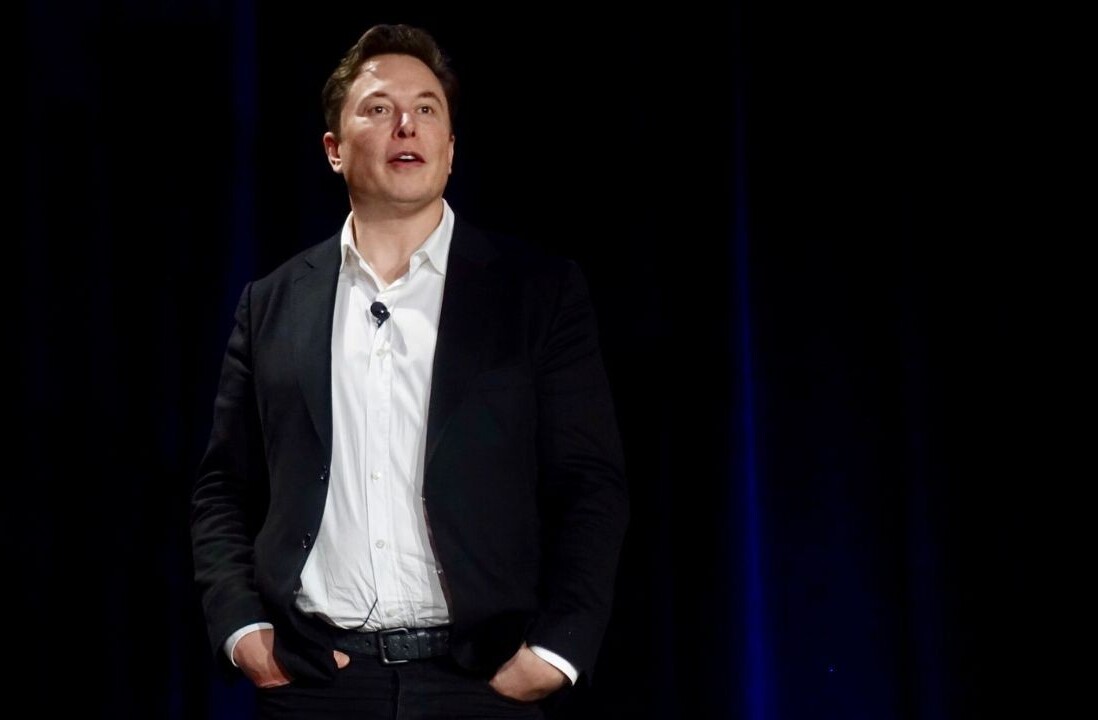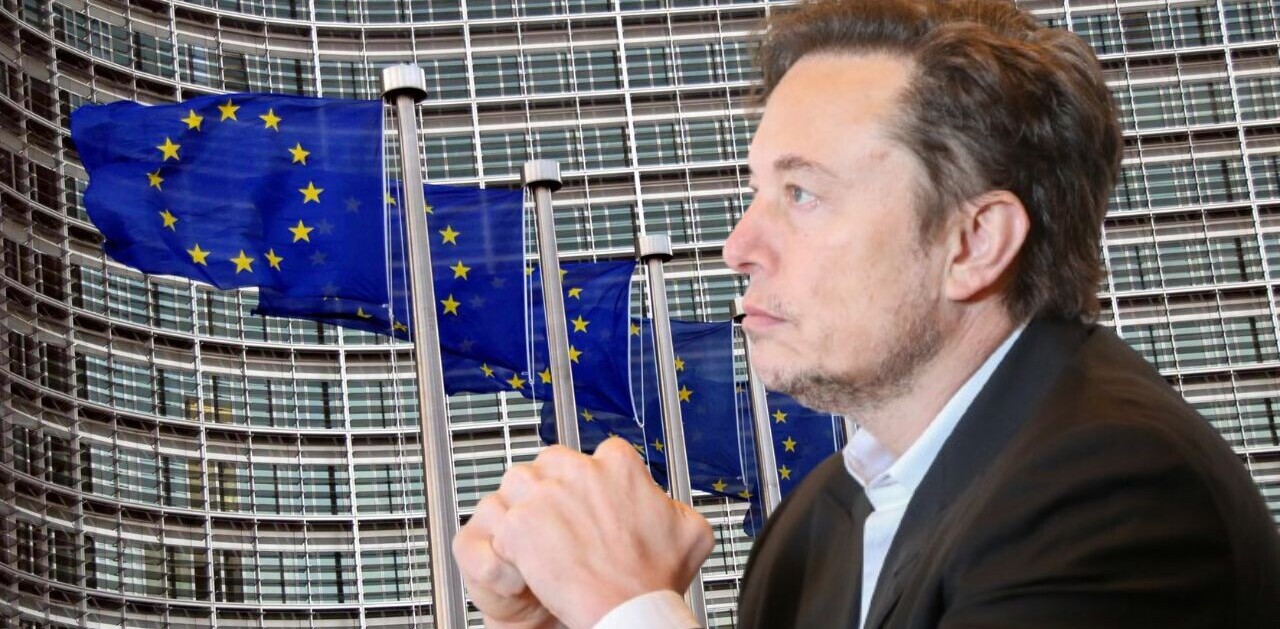Last week Elon Musk’s Neuralink, a startup working on creating a brain computer interface (BCI) for consumers, held a “tech demo” to show off the company’s progress over the last year.
Let me sum it up for you: Musk and Neuralink have figured out how to do basic brain surgery. What’s that you say? Humans have been doing basic brain surgery for hundreds of years? Yeah, that’s my point.
Musk got me again. I should have known better. After all, I once believed Tesla would reach level five autonomy (full driverless) by 2020 because Musk swore it would happen. Actually he said there’d be a million fully autonomous vehicles on the road by the end of the year (most experts still think we’re decades away from the first one). And I bought it when he said The Boring Company would revolutionize transportation. Y’all, it’s just a regular tunnel.
So what possessed me to jump on board the Elon Musk hype train when it came to Neuralink? Hope.
Elon Musk preys on the hopeful and optimistic. We say “gosh, wouldn’t it be cool if we could control things with our brains?” and Musk tells us that he’ll not only do just that, but it’ll be better than anyone could dream up. Musk’s a genius and a dreamer right?
The problem is that medical science isn’t held back by a lack of dreams and ambition. The science world wasn’t at a standstill waiting for someone plucky with some money to come along and show the rest of the idiots how fire works.
Science takes time and requires collaboration. Neuralink works in the dark, hoping to hire its way to success like Google or Apple. Don’t get me wrong, those are pretty good role models. But the difference is that Musk makes promises first, then expects someone he pays to come up with the science to make it work.
Neuralink is purported to eventually be capable of curing spinal injuries, autistic spectrum disorder, neurological disorders, anxiety, depression, pain, unhappiness, and letting you control any gadget with your mind. Most of this is pie-in-the-sky nonsense that we could be centuries away from pulling off and some of it is just flat out nonsense that medical professionals scoff at as absurd (you can’t, for example, cure autistic spectrum disorder because it isn’t a disease).
[Read more: We asked 3 CEOs what tech trends will dominate post-COVID]
But that didn’t stop me from getting hyped up to the point of forgetting that Musk is a con-artist at worst and just some dude with a bunch of money and charisma at best. I figured a Neuralink demo would, you know, demonstrate something.
Will show neurons firing in real-time on August 28th. The matrix in the matrix.
— Elon Musk (@elonmusk) July 30, 2020
Here’s what we got instead: a pig with a brain implant that triggers a beeping noise every time it “snuffles.” Stop the presses! What’s wrong with me, how could I wait this long to even mention this landmark achievement in scientific endeavor?
Yeah, you didn’t miss much.
In all fairness, Musk and Neuralink are on the verge of a breakthrough in medical technology. Of course that breakthrough already happened a couple of decades ago when doctors perfected invasive surgery techniques allowing for specialty devices to be installed in patient’s skulls, but Musk is about to make it a little easier to do with an advanced robot. Yay?
Here’s the one fact you need to know: Neuralink’s actual device is less capable than similar medical BCIs already on the market. The big claim to fame here is that Neuralink hopes one day to bring this technology to the masses. So, instead of needing to be diagnosed with a serious medical condition, you’ll be able to pay someone to drill into your skull so you can… well, that’s just it. Nobody knows exactly what the capabilities of such a device would be.
Musk and Neuralink have plenty of speculation – you’ll be able to stream music directly to your implant and listen to it in your skull, for example – but the only concrete ability we’ve seen is the device interpreting brainwaves as beeps. And that’s something we can do with stick-on sensors right now.
The future could be bright for Neuralink, perhaps one day it’ll live up to its hype. But it’s doubtful whether that’ll happen in Musk’s lifetime. There’s nothing solid to support the idea that a simple implant can suddenly turn the human brain into an OS-accessible database ready for read/write functionality from a classical computer.
At the end of the day Neuralink is another example of Musk’s hype machine getting everyone excited for science and technology, only to remind us that optimism and money aren’t the only things keeping humans from living in a science fiction utopia.
Get the TNW newsletter
Get the most important tech news in your inbox each week.





